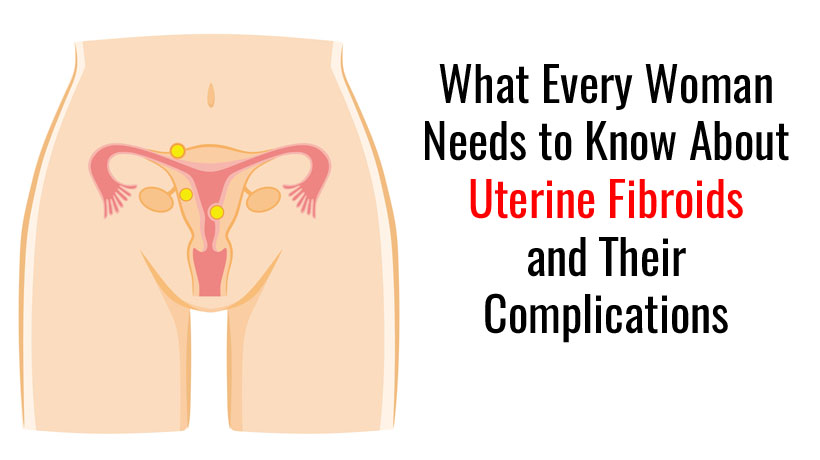Mysterious in the way they often cause no symptoms, uterine fibroids are noncancerous growths of the uterus. Although they rarely turn into cancer, a fibroid can range in size from a seed to a mass so large it can reach the rib cage. While sometimes silent, they are fairly common in fertile women. Some risk factors include heredity, race, obesity, birth control, vitamin D deficiency and diet. Uterine fibroids are normally caused by genetic changes or hormone fluctuations. Usually, uterine fibroids are detected during pelvic examinations by a doctor or a prenatal ultrasound. If you do experience any of these symptoms below, however, you may have uterine fibroids and should see a healthcare professional.
Changes in menstruation
Uterine fibroids can mess with your period in several ways, including heavier menstrual bleeding or longer periods. In extreme cases, they can cause prolonged, intense periods. If you experience this or spotting between periods, seek medical attention.
Problems with urination
If you find yourself frequently going to the bathroom or having a hard time completely emptying your bladder, this may be caused by uterine fibroids. Problems with the latter should prompt a checkup.
Pelvic and back pain
Because of their location in the uterus, uterine fibroids can cause pelvic, back, and leg pain depending on size. If this pain does not subside after a few days, consult a doctor.
Complications with pregnancy
Although rare, uterine fibroids have caused issues with pregnancy. This is more common if the fibroids are submucosal, or if they grow on the outside of the uterus. In these cases, uterine fibroids have resulted in infertility or pregnancy loss. Fibroids have also been known to cause prenatal abruption, fetal growth restriction or delivery preterm.
While uterine fibroids are being researched, there is usually little to do in terms of prevention. It is believed however that maintaining a healthy lifestyle of diet and exercise can decrease fibroid risk. If you have been diagnosed with uterine fibroids and are experiencing severe symptoms, treatment may be required. Common methods include a prescription for a Gn-RH agonist medication to shrink the size of the fibroids, a progestin-releasing IUD that can decrease heavy menstrual bleeding caused by fibroids (although not actually shrinking their size nor preventing fibroids), a non-invasive ultrasound surgery, or other surgical options. Most fibroids, however, diminish or go away on their own without a need for treatment.
Source:
https://www.mayoclinic.org/diseases-conditions/uterine-fibroids/symptoms-causes/syc-20354288



